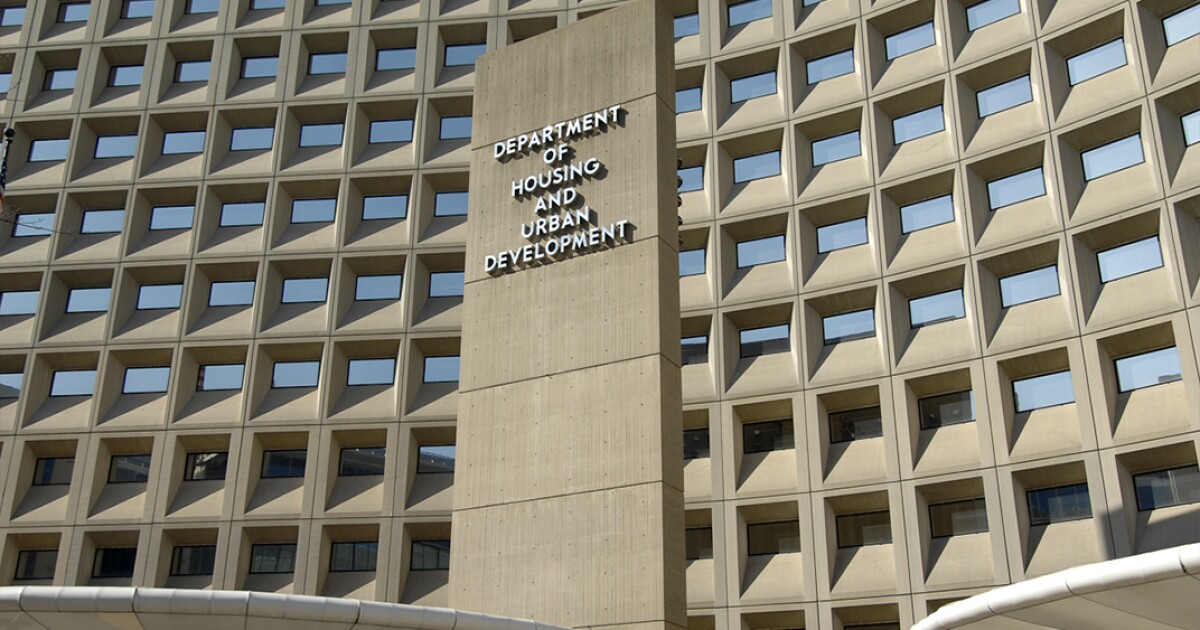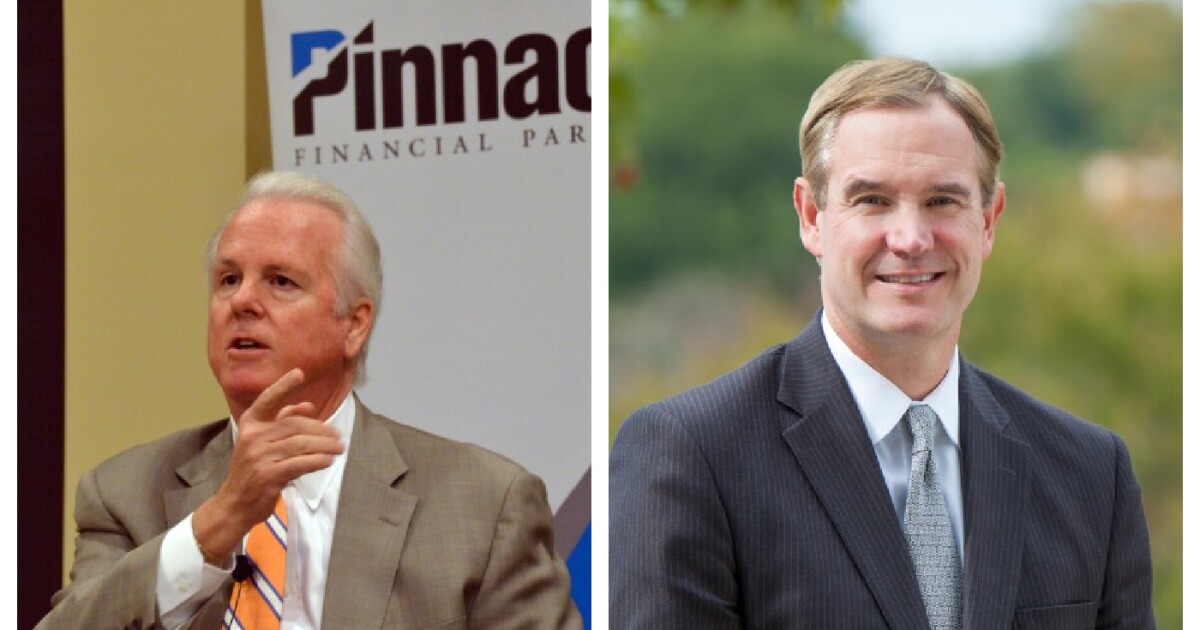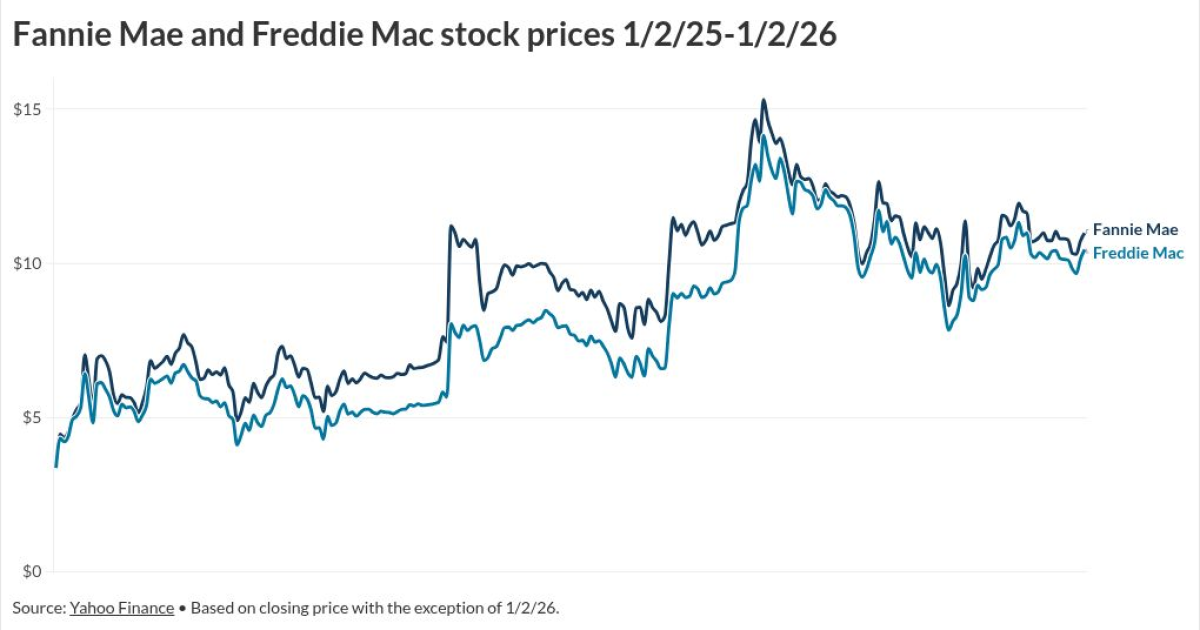
The capital ratio for the Federal Housing Administration's Mutual Mortgage Insurance Fund fell 60 basis points from last year but remained above its 2% required target in the FHA's latest annual report.
The total ratio of 10.51% and separate measures for the forward and reverse mortgage portions of the portfolio all remained historically high despite reduced fund income and challenging market conditions for originations of insured loans during the fiscal year ending Sept. 30.
The capital ratio of the forward or traditional mortgage portion of the portfolio was 10.2%, down 27 basis points from 10.47% a year earlier. The capital ratio for the reverse mortgage portfolio fell to 16.72% from 22.77% in line with decreased home-price appreciation forecasts.
The relatively high numbers lend confidence to single-family residential markets, which have had a tough row to hoe in the past year given affordability and inventory constraints, particularly in the lower-income first-time homebuyer and senior sectors the FHA insures.
It also allays concerns that a mortgage insurance premium cut that the FHA finally acceded to this year after a long succession of requests from the industry, and a reverse mortgage bankruptcy with public intervention could have a negative impact on the soundness of the fund.
Officials at FHA, an arm of the Department of Housing and Urban Development, have often in the past cited a need to protect the fund's finances when considering premium cuts, but showed no regret they finally granted one.
"I'm proud that FHA delivered real solutions this past fiscal year, including a reduction in our mortgage insurance premiums," Julia Gordon, the administration's commissioner, said in a press release.
Total capital in the fund increased by $3.6 billion to more than $145 billion, and FHA's serious delinquency rate was 3.93% at the end of the fiscal year, according to the annual actuarial report, which noted that percentage matches the normalized level seen just prior to pandemic.
Because capital measures of the insurance fund's soundness remained relatively strong and challenges in the market have persisted, trade groups issued statements calling for a further reduction in loan costs.
"In light of FHA's financial strength, just as relief from excessive student debt burdens has been a priority, the Administration should make relief from excessive homeownership mortgage cost burdens a priority," said Scott Olson, executive director, Community Home Lenders of America.
Both the community lending group and the Mortgage Bankers Association called for the FHA to entirely eliminate one of the two charges it imposes for insured loans.
"Further action on the MIP, such as eliminating the life-of-loan premium requirement, should be considered," said Bob Broeksmit, president and CEO of the Mortgage Bankers Association.
Whether the FHA would be open to such a move may depend on the balance between its need to fulfill its affordable housing mission while still protecting its insurance fund, which has been threatened by negative capital ratios in past crises, most notably during the Great Recession.
The two goals require FHA to strike a balance, but also can be aligned as reduced loan costs in a market with affordability strains could give borrowers more of a buffer against financial hardships and help keep delinquencies contained.
The FHA outpaced the rest of the market in lending to underserved racial and ethnic groups in the past year, based on its analysis of Home Mortgage Disclosure Act, Milliman, Freddie Mac, Fannie Mae and Ginnie Mae data.
More than 19% of the FHA's loans were made to Black borrowers as compared to less than 7% for the balance of the market. Almost 25% of the mortgages the FHA insured went to Hispanic households, vs. a little over 11% funded through other programs.
U.S. Mortgage Insurers issued a statement supporting the administration's housing mission and soundness, saying that, "FHA is an important complement to our industry's work, particularly in serving those who may not have access to homeownership through the conventional market."
While well over 40% of FHA loans are funding houses for underserved demographics, the latest annual State of Housing in Black America report from the National Association of Real Estate Brokers reports that the homeownership gap in the latest (2022) HMDA data remains wide.
The homeownership rate for Black households in that data was 45% "modestly higher than it was at the time of the passage of the 1968 Fair Housing Act," according to the report. White counterparts had a homeownership rate almost 30 percentage points higher last year.
While the Black homeownership rate is slightly higher than in 1968, the gap between the two groups is wider than it was in 1970, when it was just under 24 percentage points.
Housing agencies could do more to advance their equitable housing missions by intensifying efforts to support the expansion of supply, NAREB President Courtney Johnson Rose said in a press release.
"Housing inventories must be increased across the country," Rose said. "Families can't buy homes if they aren't available or if the market is so tight that prices are artificially high."



